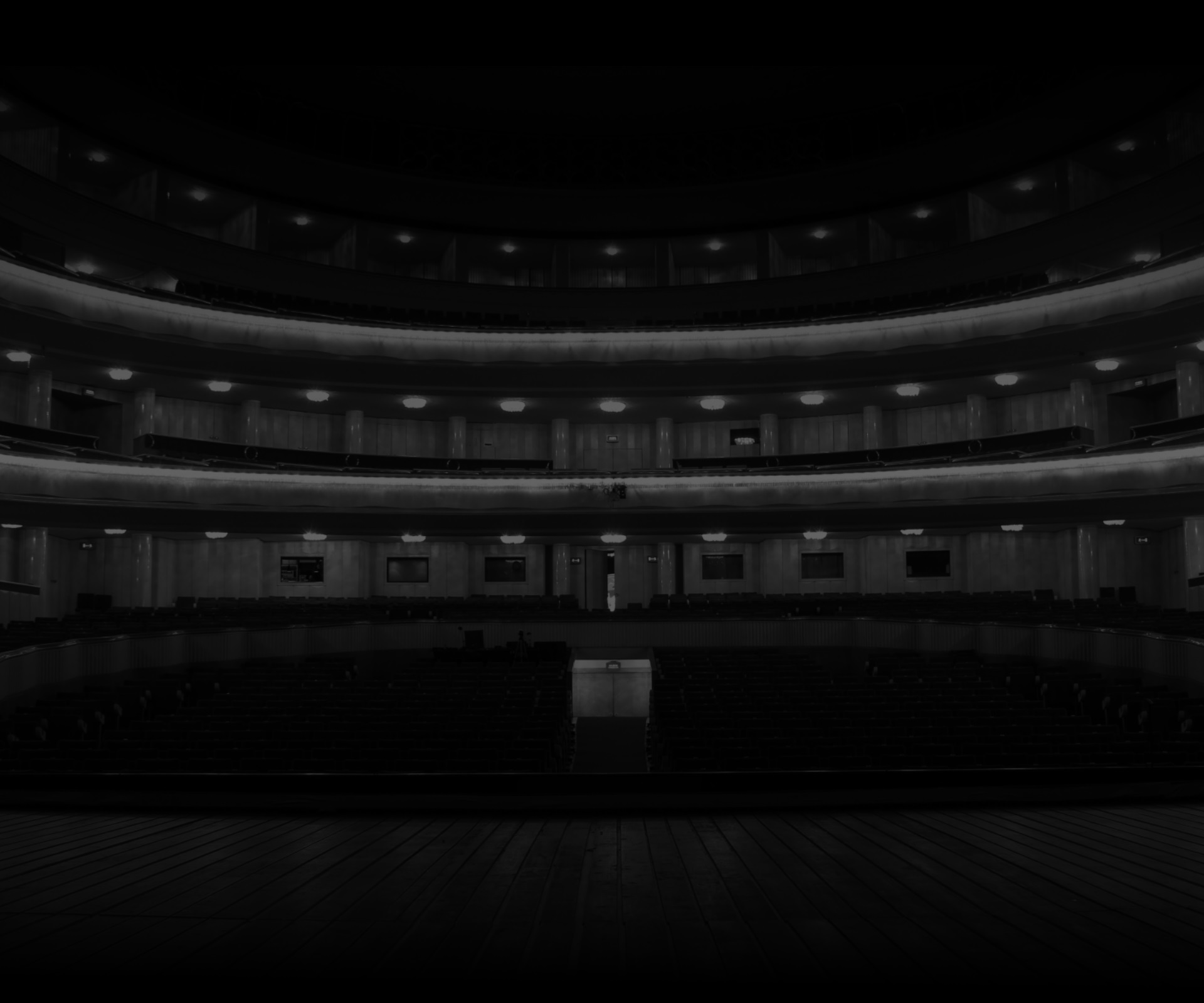
Richard Wagner (1813-1883) expressed artistic interests in early childhood. At 14 he would already write plays and study music. His first musical pieces date back to 1829. In 1821 he began music lessons with the cantor of St. Thomas Church in Leipzig, a post held by Bach a few centuries before. It was then that Wagner wrote his first opera, which already displayed some characteristics of his future style.
For some time Wagner worked as repetiteur and choirmaster in Würzburg, then moved to Magdeburg to take over as the music director of the city's opera house. At that time he met Minna Planer. They were soon married. The union did not turn out a happy one: Wagner's passion for women and rebellious character were to bring him many problems in his private and professional life in the future. Having moved to Koningsberg, he fell into debts, from which he ran away to Riga, accepting an offer to become conductor there. In 1839 he lost the position and, once again fleeing from creditors, went to Paris via London. Despite Meyerbeer's intercession, Wagner did not find employment in the French capital and so he focused on completing his third opera Rienzi along with sketches for The Flying Dutchman. At that time he also met Ferenc Liszt.
As Wagner accepted an appointment to become royal court conductor in Dresden, his career reached its pinnacle. First he wrote Tannhäuser,then composed Lohengrin. The work was completed in 1848, when the Spring of Nations was rolling across the continent. A few months later Wagner joined the revolution, as a result of which he had to flee the country due to an arrest warrant. He travelled to Zurich via Paris. In Switzerland he devoted his time to theoretical writing, producing such pieces as Art and Revolution, Opera and Drama, as well as the infamous Judaism in Music.
Lohengrin premiered in 1850 in Weimar and was conducted by Ferenc Liszt. In the course of the next 15 years Wagner did not stage any of his operas, devoting all his time and energies to his opera tetralogy, The Ring of the Nibelungs. At that time he was becoming famous outside of Europe as well. Influenced by the philosophy of Schopenhauer, he started to develop the concept of the 'total work of art' that was an outcome of a synthesis of different artistic disciplines. He completed Tristan and Isolde, the first musical drama conforming to the new principles.
In 1862 Wagner was allowed to come back to Germany and he soon was employed by Crown Prince Ludwig II of Bavaria. This allowed him the financial comfort to focus on his work until the end of his life. At that time he got romantically involved with Cosima von Bülow, Liszt's daughter. Faced with complications when trying to stage The Ring, Wagner decided to set up his own theatre. The construction works lasted until 1876. The venue opened with the entire Ring cycle. Wagner was hailed an opera genius.
Towards the end of his life, his work was hampered by an advanced heart disease. He managed to complete Parsifal, yet his next project – The Victors – remained unfinished. Wagner was buried in the garden of the Wahnfried villa in Bayreuth, where he had spent the last years of his life. Among the admirers of his art and views were Thomas Mann and Friedrich Nietzsche.
THE FLYING DUTCHMAN
Richard Wagner
Romantic opera in three acts | Libretto: Richard Wagner after The Memoirs of Mister von Schnabelewopski by Heinrich Heine| In the original German | Premiere: 16 March 2012
TRISTAN AND ISOLDE
Richard Wagner
Music drama in three acts | Libretto: Richard Wagner after Gottfried von Strassburg | In the original German | Premiere: 12 June 2016





